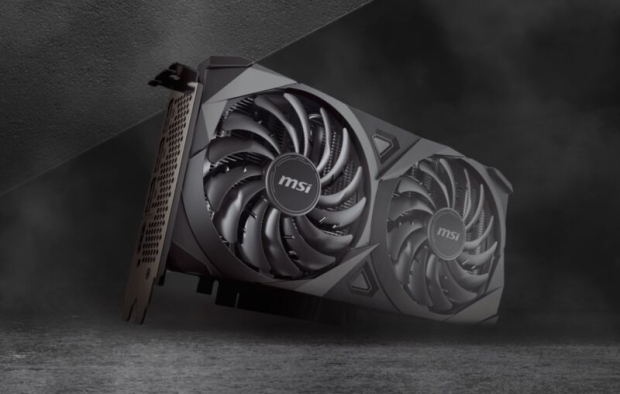The company is providing the same general features and performance levels but lowering the power consumption estimate by 15 W. It has managed to do this due to the GPU's use of a smaller graphics die, called GA107. Older RTX 3050s use the same GA106 die as the RTX 3060 series, but with many of that die's 3,840 CUDA cores switched off. This allows partially defective GA106 dies to be used, but as chip yields improve and the number of defective dies decreases, it either means shipping fewer RTX 3050s or putting perfectly good chips in cheaper GPUs.
The GA107 die includes a maximum of 2,560 CUDA cores, and it apparently needs a bit less power than a GA106 die with the same number of cores enabled.
It is difficult to spot a difference between the two cards. They have the same specs: an 1807 MHz boost clock, 14 Gbps of memory bandwidth, GDDR6 on a 128-bit memory interface, and 2,560 CUDA cores. MSI has added two DisplayPorts and two HDMI ports, rather than three DisplayPorts and one HDMI port to the set up and the card only needs a 6-pin power plug, rather than an 8-pin plug.
The new RTX 3050 card still requires up to 115 W of power, which is well above the 75 W max amount of power that can be provided to any expansion card through a PCI Express slot without requiring an extra power connector.




